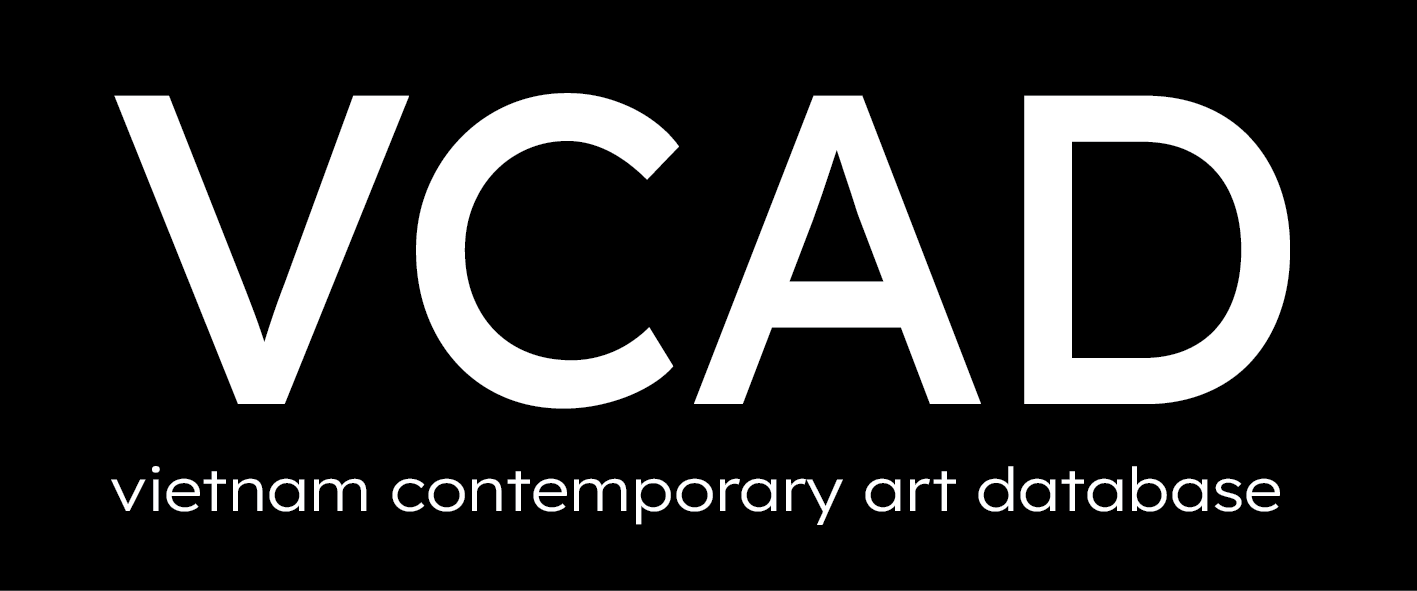Description
In 2021, a flood in New York destroyed the majority of my artworks and personal archives that were in storage there. This event resembled the time my parents left Vietnam at the end of the war, where fate makes the choice. They took some documents, a handful of photographs, and left everything else behind. Just like that, their small chapter and mine were whited out in the blink of an eye.
This event had me rethinking the material quality of art, and wondering whether there was a better way that art could survive. The paintings in this room, referred to as Perpetual Paintings, are a result of this inquiry. These are all still-lifes whose objects and items are taken from the Google 3D Warehouse, an open-source library where one can download files
of anything and everything rendered in 3D. For example, if an architect wanted to outfit their house in IKEA furniture, they could easily download almost any IKEA couch or bookshelf that others have created over the years. Using a 3D application like Sketchup, they could place the furniture in a digital 3D space. They could situate it in different areas, change its colors, scale ------- everything. There are now literally millions of objects available for free in this library.
The objects visible in these paintings were selected using specific search terms related to Vietnam, such as “banh mi cart”, “Vietnam Airlines”, “Tet”, and so on and so forth. As painters like Cezanne or O’Keefe have done with fruit, draperies, and cow skulls, I likewise reassembled these objects into a still-life arrangement, somewhat spontaneously. These items are all familiar, with some strange elements thrown in. One will recognize the Saigon Post Office, in which I’ve selected a specific angle of light and time of day to affect the shadows. The abandoned instruments of a rock band can be seen on its portico’s roof. A dining table filled with Vietnamese food is accompanied by a time bomb. Objects normally found in a Vietnamese classroom have been replaced with a portrait of my grandmother and Fight Club rules. What does it all mean?
I create these files in Sketchup and then choose a single angle or scene from which to make a painting. Instead of making the painting myself, I outsource it to various painting studios in Saigon. I even ask the painters to sign my name on the back. It is common practice for blue chip artists like Damien Hirst or Jeff Koons to hire a stable of painters who do all their labor, with only the signature left to be done by the conceptualizing artist. What is different here is that I highlight the idea of reproducibility. I can make these paintings over and over again, even without me, from the digital file that I’ve also uploaded to the 3D Warehouse. I am asserting that the material painting is no more important than the digital “quote unquote painting”. In fact, in the digital version, one can view the painting from infinite angles and many more perspectives that are not possible in the canvas version. In this way, the digital painting is richer, fuller, and may be even more important.
I am also questioning the notion of rarity and limited editions. Fine art photographs are regularly editioned in 5, 20, 30, 50 copies. This is a blatant western, capitalist construct, where creating low supply hopefully increases demand, and certainly raises the price. Yet photography was intended to be accessible and reproducible over and over, with the same inks and papers, à la the printing press and Gutenberg. The idea of a limited edition goes against the inherent nature of the medium, in fact. Estates of photographers like Man Ray and Diane Arbus regularly put out prints long after the artists have passed and authenticate it with the “estate stamp” that signifies them as “originals”. Whatever that means. And here I question that as well.
Therefore, the idea of medium, accessibility, and authorship are all up for debate in these works. Why is it not okay for an artist to replicate their works over and over if they want to? Even as an open edition… and in painting, nonetheless. I, or someone else, can easily outsource and download the same painting over and over and over, just like a photograph except with limitless variations if so desired. They are called PERPETUAL PAINTINGS as a result. In works like Vietnam Airlines & Space Shuttle, there are two versions in the show. One is located upstairs and the other downstairs: different scale; slight variance in colors based on who painted it; and their vantage points are ever so slightly changed – like 1 degree. Same same but different.
Description from Songs of Singularity Exhibition Catalog, 2023, p.54-55.

